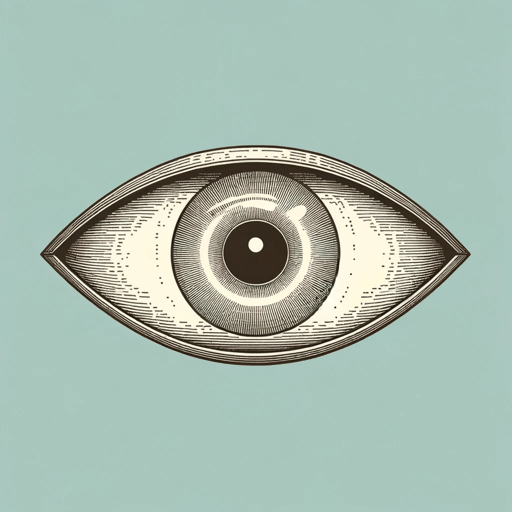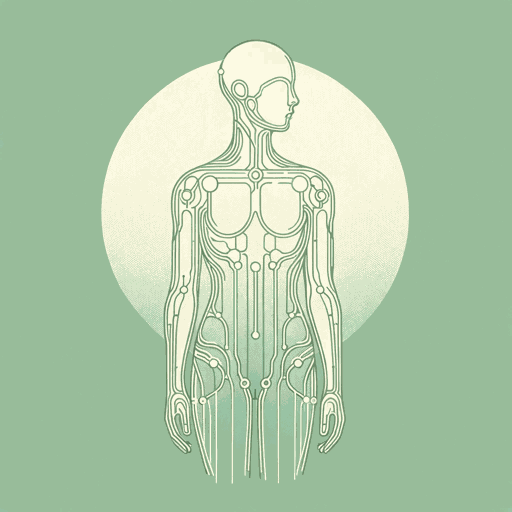54 pages • 1 hour read
William GibsonNeuromancer
Fiction | Novel | Adult | Published in 1984A modern alternative to SparkNotes and CliffsNotes, SuperSummary offers high-quality Study Guides with detailed chapter summaries and analysis of major themes, characters, and more.
Index of Terms
Cyberspace and the Matrix
Gibson creates realism and depth in Neuromancer through developing a range of technical jargon. Many of those terms have since entered the general English language to describe the 21st-century technological landscape. The most famous of these is “cyberspace.” Gibson describes it as a “consensual hallucination” in which users of computers and video games agree to think of the graphics on a monitor as a world on the other side of the screen. By entering cyberspace, different users can genuinely interact in what they think of as the same “space,” even though there is no such location in the physical world.
In Gibson’s futuristic world, users can “jack” into cyberspace by literally connecting a wire to their brains. This allows users to immerse themselves in the virtual world and interact with it visually. Neuromancer depicts cyberspace much like old video arcade games—lines of bright color forming buildings, cities, and grids. The virtual world created in cyberspace can also be called the matrix, and its subjective reality to those who enter it is one of the ways in which the novel develops the theme of The Artificial Nature of Modern Reality.
Related Titles
By William Gibson





